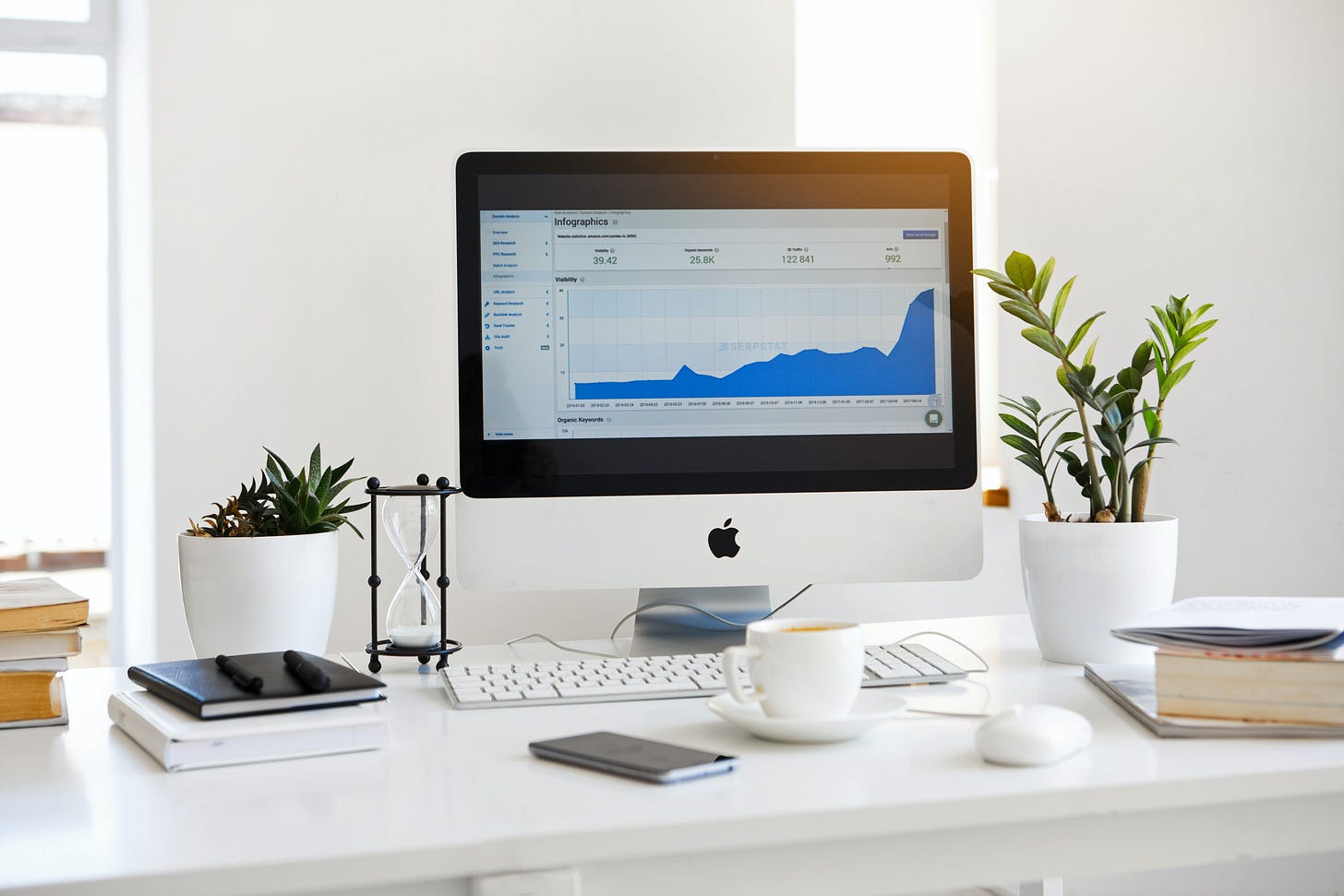5 Investment Facts That 97% Don't Know
If you want to invest well, don't waste your time reading company reports.
I often hear that to be a good investor you have to think like a businessman. You have to think that you own part of the company and that this company belongs to you.
That it's no good just looking at a ticker or some data, but that you have to understand the fundamentals of the company: what the business is about, barriers to entry, etc.
I have always had this internal struggle about whether this statement was correct or not, and although I still do not have a solution, there are a number of truths that I am clear that are much more important when it comes to investing. Much more important than whether the company's gross margin is 8 or 12%. It has taken me a long time to get to them, and today I want you to participate because they will make you much better investors and, most importantly, they will make you a lot of money.
1. The danger lies in the things you don't know that you don't know.
There are many dangers inherent in the company that only a few are aware of or even unaware of. The top management knows what may be happening in the company, they are the first to take action, and the individual investor always arrives late and badly (e.g., Burford Capital).
These events need not only be internal (e.g., Enron), but they can also be external (e.g., Covid, war, etc.).
2. With its eyes closed, a chimpanzee can choose companies better than you.
In the book "The Success Equation" it is very clear how being a good investor is a matter of having good luck. Human beings look for investment theses right after events happen. For example, if markets go up after a rate hike is announced, we say it is because the market discounted it. However, if markets go down after a rate hike, we say that this rate hike was impossible to discount.
For this reason, most index funds outperform active funds over the long term because, psychologically, they do not have to do anything at all.
3. Having a strategy is better than being a good businessman.
We try to find the perfect strategy when it comes to investing. We do backtest and see that our strategy has averaged 20% over the last 30 years, yet we see that another one has averaged 75%, and we quickly switch.
That is when it shows whether you are a good or bad investor and whether you are able to follow an investment style even when your strategy does not work according to the established.
Undoubtedly the clearest example we have today is Cathie Wood's ARKK fund. A fund that in February last year was outperforming the SP500 by 420% and is now underperforming the SP500 over the last five years.
Most of the cash flows came in at the beginning of last year, following returns that have not been seen so far. This means that most of your investors have probably lost a lot of money.
Who is the winner? Generally, the fund manager. He creates a very aggressive strategy, gets it right, and quickly begins to be seen as a guru.
In the last year, the fund has lost more than 50% of its value, while the S&P 500 has lost only 3 (+8% Inflation 😮 )




